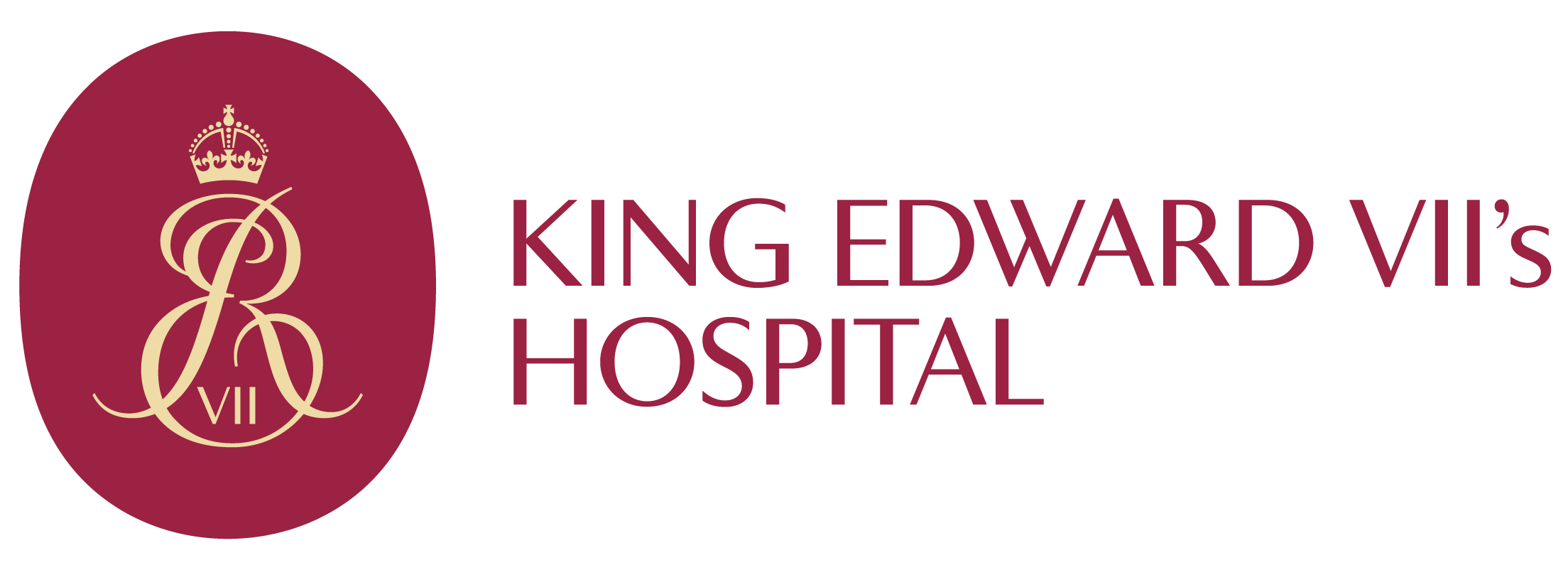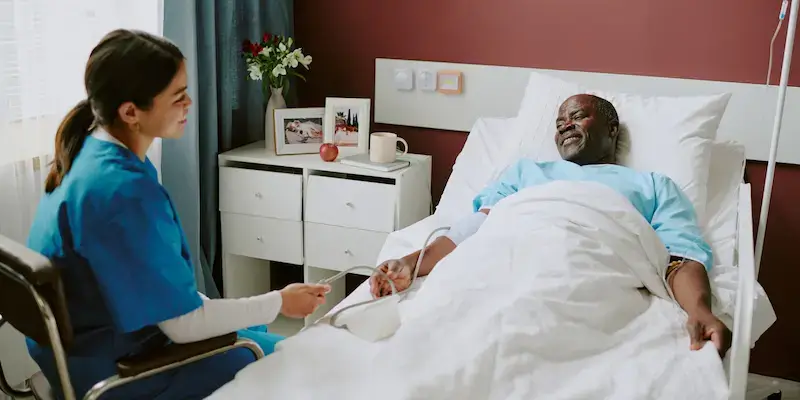Home >
Arthroscopic shoulder stabilisation surgery
Get rapid access to our leading specialists.
Arthroscopic shoulder stabilisation surgery is a form of keyhole surgery where a long, thin device called an arthroscope is inserted into the shoulder to repair damaged tissues. This procedure is also sometimes referred to as a labral repair and may include a SLAP tear repair (which is another torn part of the labrum).
Learn more about shoulder stabilisation surgery at King Edward VII’s Hospital
Why would I need arthroscopic shoulder stabilisation surgery?
Most people who require arthroscopic shoulder stabilisation surgery need it because they have damaged soft tissues within the shoulder. This damage is usually caused by instability or a dislocation due to injury or trauma. Less commonly instability can occur due to loose soft tissues, called a connective tissue disorder, resulting in hyperlaxity and non-traumatic instability.
What symptoms does arthroscopic shoulder stabilisation surgery address?
Arthroscopic shoulder stabilisation surgery provides pain relief and restores mobility and movement in the shoulder, after it’s been damaged by dislocation or has become unstable.
This kind of surgery tightens or repairs overstretched and damaged ligaments and muscles within the shoulder joint.
When should you speak to your specialist about arthroscopic shoulder stabilisation surgery?
If you have had a shoulder dislocation or injury, speak to your specialist. They may suggest a series of tests and scans, including a Magnetic Resonance Scan with arthrogram (radiology dye which is injected into the shoulder as an out-patient procedure). Thereafter, your surgeon may refer you for an arthroscopic shoulder stabilisation procedure.
How is arthroscopic shoulder stabilisation surgery performed?
Arthroscopic shoulder stabilisation surgery is usually performed under general anaesthetic and may also be performed with a local anaesthetic injected into the nerves in your neck to block pain signals.
This procedure is performed as keyhole surgery and your surgeon will insert a long, thin surgical devices into your shoulder. They will then repair the torn, overstretched or damaged ligaments by placing small anchors into the shoulder socket and stitching the ligaments back to the bone.
What is the recovery like for arthroscopic shoulder stabilisation surgery?
Your recovery from arthroscopic shoulder stabilisation surgery will depend on multiple factors, including your age, fitness level and the nature of your procedure.
When you wake from your procedure, your wounds will be dressed and your arm will be in a sling. The local anaesthetic will prevent you from feeling any pain but when this wears off you can expect to feel some pain and discomfort. You will awake from surgery wearing a sling and this will be needed for 6 weeks.
Your nursing and physiotherapy team will give you advice that will help you best recover, based on advice from your surgeon. This includes when you dress yourself and use your arm, when your stitches should be removed or dissolved by and when your dressings should come off.
Most patients are able to go home on the same day as their operation. You will also be advised how long you may need off work and resting from your normal activities. This is usually between 2-4 weeks.
Are there any risks/complications associated with arthroscopic shoulder stabilisation surgery?
As with any medical procedure, it’s possible for risks or complications to arise. Speaking with your specialist or surgeon beforehand will help you avoid any adverse reactions.
Arthroscopic shoulder stabilisation surgery has a relatively low risk of serious complications, but the following risks and complications can occur in a small number of cases:
- An infection in the surgical wound
- Bleeding inside the shoulder joint
- Re-dislocation
- A blood clot called a deep vein thrombosis (DVT)
- Nerve damage
- Stiffness
- Swelling
- COVID
- Recurrent instability
- Instability related arthritis, called instability arthropathy
- General anaesthetic and interscalene block (which will be discussed with you by your anaesthetist)
- Infection
Are there any risks/complications associated with arthroscopic shoulder stabilisation surgery?
As with any medical procedure, it’s possible for risks or complications to arise. Speaking with your specialist or surgeon beforehand will help you avoid any adverse reactions.
Arthroscopic shoulder stabilisation surgery has a relatively low risk of serious complications, but the following risks and complications can occur in a small number of cases:
- An infection in the surgical wound
- Bleeding inside the shoulder joint
- Re-dislocation
- A blood clot called a deep vein thrombosis (DVT)
- Nerve damage
- Stiffness
- Swelling
- COVID
- Recurrent instability
- Instability related arthritis, called instability arthropathy
- General anaesthetic and interscalene block (which will be discussed with you by your anaesthetist)
- Infection
How can I prepare for arthroscopic shoulder stabilisation surgery?
Prior to arthroscopic shoulder stabilisation surgery, your surgeon will discuss with you how best to prepare, as each patient is different with differing needs.
Common preparations for arthroscopic shoulder stabilisation surgery include:
- Routine blood tests, x rays or scans as requested by your surgeon
- Taking steps to stop smoking if you smoke
- Losing weight if you’re overweight
- Remaining active and doing regular exercise
Are there alternatives for arthroscopic shoulder stabilisation surgery?
This kind of surgery is the most effective way of treating shoulder instability caused by trauma to the ligaments after a shoulder dislocation. However, you may be able to add stability to your shoulder with physiotherapy.
Call 020 3627 5160 or fill in your details below to make an enquiry
Need further help or advice?
Contact our team for enquiries or information.
If you need to contact us in any other way, please go to

